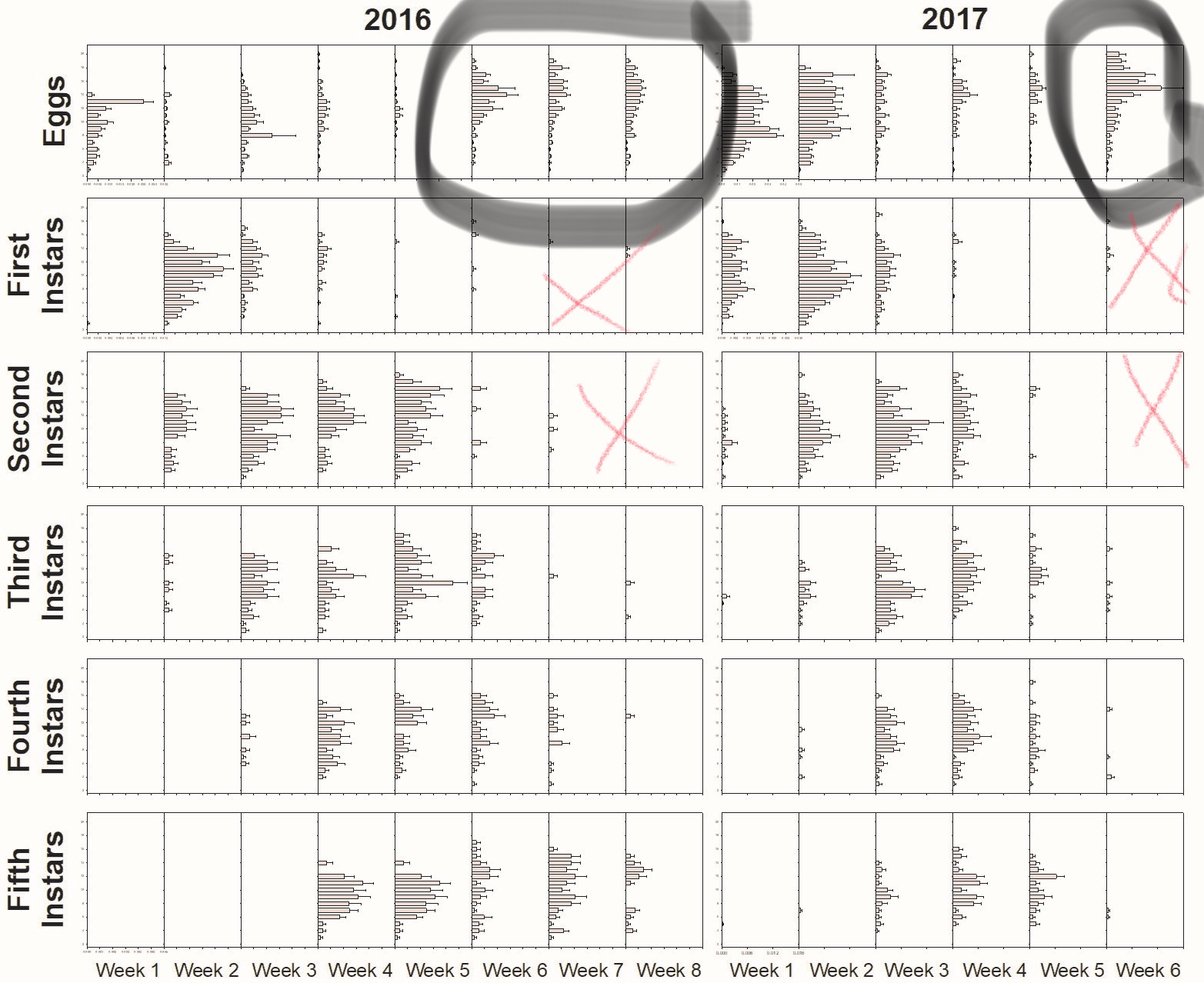When to Spray Late-Season Bollworm
go.ncsu.edu/readext?546219
en Español / em Português
El inglés es el idioma de control de esta página. En la medida en que haya algún conflicto entre la traducción al inglés y la traducción, el inglés prevalece.
Al hacer clic en el enlace de traducción se activa un servicio de traducción gratuito para convertir la página al español. Al igual que con cualquier traducción por Internet, la conversión no es sensible al contexto y puede que no traduzca el texto en su significado original. NC State Extension no garantiza la exactitud del texto traducido. Por favor, tenga en cuenta que algunas aplicaciones y/o servicios pueden no funcionar como se espera cuando se traducen.
Português
Inglês é o idioma de controle desta página. Na medida que haja algum conflito entre o texto original em Inglês e a tradução, o Inglês prevalece.
Ao clicar no link de tradução, um serviço gratuito de tradução será ativado para converter a página para o Português. Como em qualquer tradução pela internet, a conversão não é sensivel ao contexto e pode não ocorrer a tradução para o significado orginal. O serviço de Extensão da Carolina do Norte (NC State Extension) não garante a exatidão do texto traduzido. Por favor, observe que algumas funções ou serviços podem não funcionar como esperado após a tradução.
English
English is the controlling language of this page. To the extent there is any conflict between the English text and the translation, English controls.
Clicking on the translation link activates a free translation service to convert the page to Spanish. As with any Internet translation, the conversion is not context-sensitive and may not translate the text to its original meaning. NC State Extension does not guarantee the accuracy of the translated text. Please note that some applications and/or services may not function as expected when translated.
Collapse ▲Another bollworm flight is on and, from the looks of it, there are many more moths in the system than the previous flight. This shouldn’t be surprising, since this insect undergoes multiple generations a year and can quickly build up numbers in each successive generation. Should cotton growers treat or not this late in the year?
The answer to that question is simple for some fields. There is solid research supporting the fact that just before fields reach cutout (at 5 nodes above white flower [4 NAW is cutuout]), cotton is safe from bollworms once an additional 350 DD60s are reached. Under average weather, this will occur at 2 1/2 weeks following cutout. So fields matching these conditions will not need sprayed.
Growers should also consider bollworm biology. Small larvae need to establish on tender squares before they can penetrate bolls. As a result, more mature fields are not only bad for larval establishment, moths do not prefer to lay eggs in them. Furthermore, even if moths do lay eggs in these fields, the larvae do not establish well (see figure). Starting mid-August, bollworm begin to overwinter in the soil in their pupal stage. This tendency to overwinter will only increase into the fall.
As always, there are exceptions. Late-planted cotton is more susceptible for moths to lay eggs in and for larvae to establish. Furthermore, some years, this generation does establish and can persist well into the fall. This does not look like one of those years. However, growers with late-planted cotton (late-May or June) should be vigilant and consider a spray of Prevathon or Besiege based on eggs. I recommend waiting it out on earlier planted fields, since larvae are not likely to establish.



